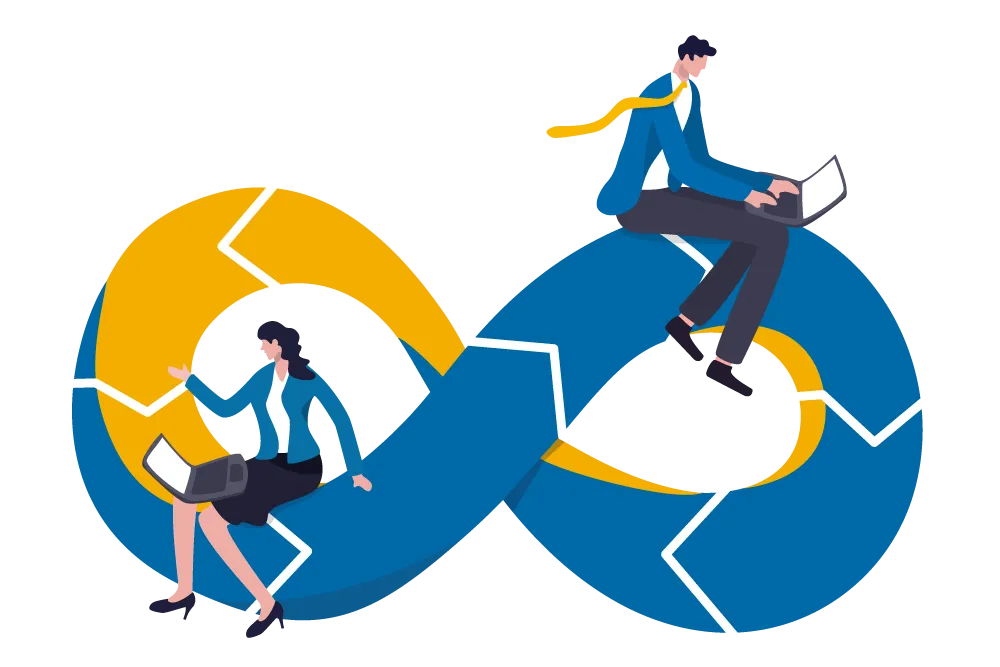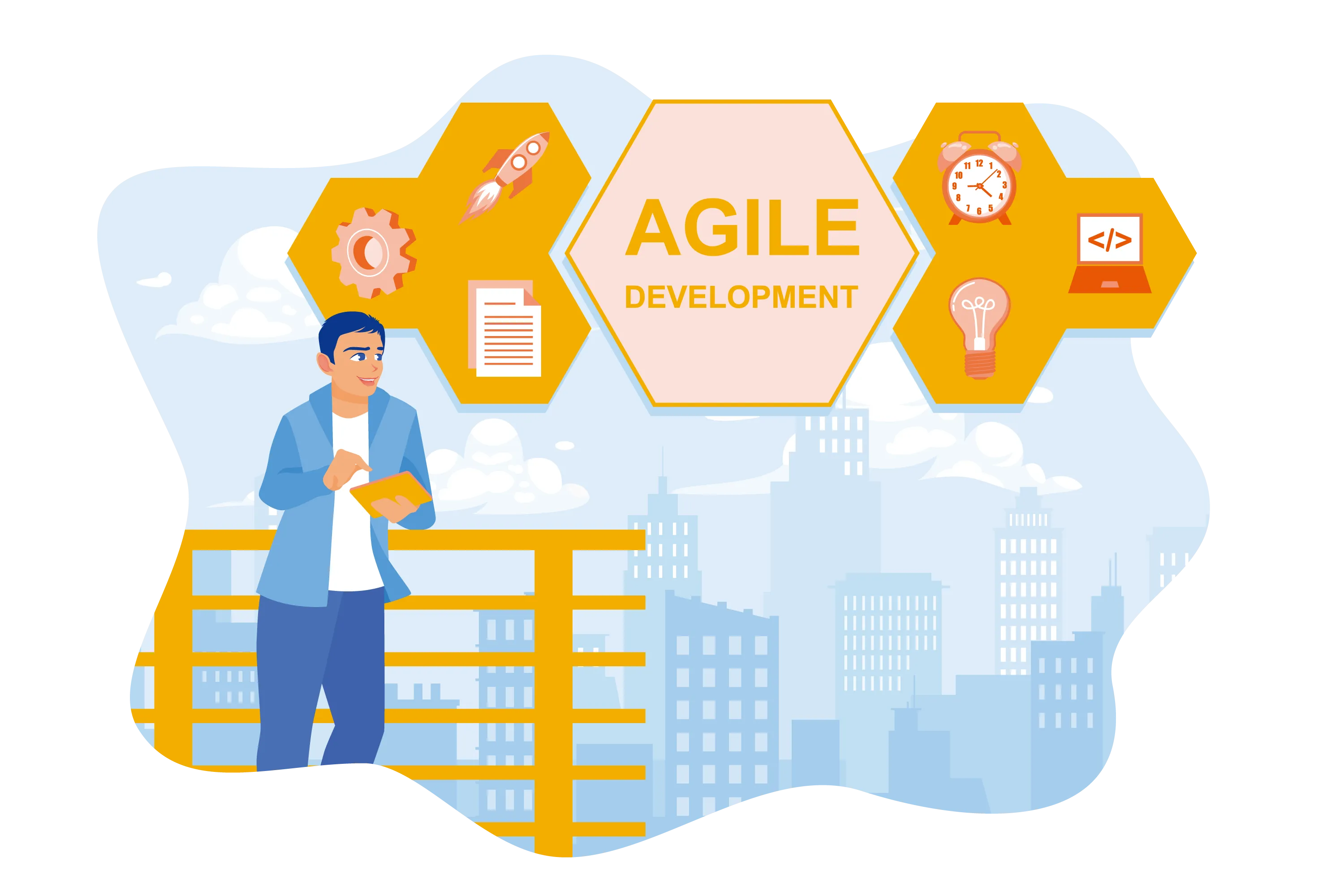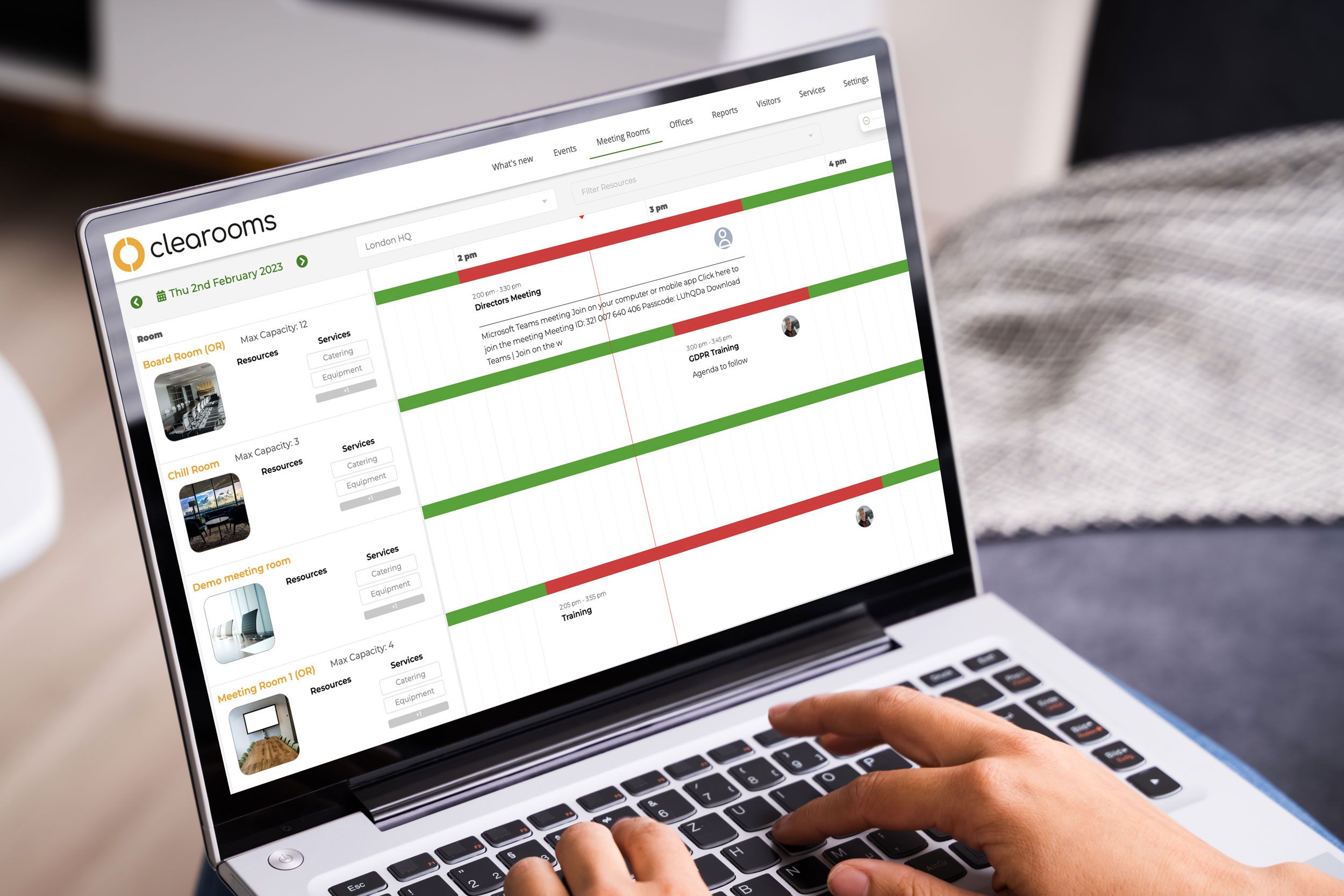A Guide to Agile Working: Unlocking Efficiency
Gone are the days of rigid hierarchies and fixed workflows. In the digital age we live in, businesses need to be flexible to succeed. Agile working introduces a modern approach, prioritising flexibility, collaboration, and adaptability.
Join us as we explore how this approach is reshaping workspaces, empowering teams, and driving innovation across industries. Explore the core principles and see how it can transform your organisation. Let's embark on a journey to embrace flexibility and thrive in a dynamic business environment.

What does agile working mean?
Agile working is not merely a methodology; it's a mindset shift that empowers teams to work smarter, not harder. At its core, agile working is about flexibility, adaptability, and responsiveness. It emphasises the importance of agile ways of working, where individuals and teams have the autonomy to make decisions, experiment with new ideas, and continuously improve processes.

Understanding Agile Workspaces
At the heart of agile working lies the concept of an agile workspace. Unlike traditional cubicle-filled offices, agile workspaces are designed to facilitate collaboration, creativity, and innovation. These spaces are dynamic, featuring open floor plans, breakout areas, and collaborative zones where team members can easily connect and work together.
Agile workspaces are characterised by their flexibility and adaptability, allowing employees to choose where and how they work based on the task at hand. Whether it's a quiet corner for focused work, a brainstorming area for creative sessions, or a meeting room for team discussions, agile workspaces cater to diverse work styles and preferences.

agile working model
Benefits
-
Collaboration
When teams work together across different departments, they boost their creativity, problem-solving, and decision-making abilities.
-
Job Satisfaction
Agile working also improves employee satisfaction and well-being by offering greater autonomy and work-life balance.
-
Drive Innovation
Moreover, it enables businesses to respond swiftly to market changes and customer feedback, driving innovation and competitive advantage.
-
Resilience
It allows companies to adapt better to changes like market trends, technology advancements, or global crises, making them more resilient in today's uncertain business world.
Implementation
Implementing agile working requires a holistic approach that includes people, processes, and technology. Organisations must define agile working principles that align with their goals and values. They should invest in training and development to equip employees with the necessary skills and mindset. Additionally, leveraging office design to create collaborative and adaptable spaces can significantly enhance agile working environments.
When implementing agile working, companies should start with small, iterative changes rather than attempting a large-scale transformation all at once. This allows teams to gradually adapt to new ways of working and identify what works best for them. Leaders should provide clear direction and support throughout the transition process, addressing any concerns or resistance from employees.
Have a look at our blog post 'How to Create an Agile Working Environment' to learn tips and tricks for implementing this new working approach.

Challenges
Navigating the landscape of agile working isn't without its hurdles. Challenges can arise in various forms, from resistance to change among team members to difficulties in maintaining effective communication in remote settings. Addressing these challenges head-on is crucial for the success of agile initiatives.
Our blog post 'Overcoming Challenges in Agile Working' delves into these obstacles and provides practical strategies for tackling them. Whether it's managing the expectations of stakeholders, balancing competing priorities, or fostering a culture of continuous improvement, this resource offers valuable insights to help teams overcome the hurdles in their agile workplace.

The Role of Desk and Meeting Room Booking Software
In the realm of agile working, the role of desk and meeting room booking software cannot be overstated. As more teams embrace flexible arrangements like working from home or adopting hot desking practices, the need for efficient management of working spaces becomes paramount.
Desk and meeting room booking software streamlines the process of booking workstations and meeting rooms, ensuring that employees have access to the resources they need, whether they're in the office or working remotely. By facilitating seamless coordination and usage of workspace, this technology fosters collaboration and minimises conflict, resulting in increased productivity.
With real-time visibility into available resources, teams can make informed decisions about where and when to work, leading to optimised workflows and improved efficiency. Embracing desk and meeting room booking software is not just about managing physical space; it's about empowering teams to work more effectively, regardless of their location or working arrangements.
Book a FREE Demo
Closing thought
In summary, agile working offers a transformative approach for modern businesses. It redefines workspaces, fosters collaboration, and promotes innovation in a fast-paced digital world.
By adopting agile principles, companies can enjoy a range of benefits, including increased creativity, employee satisfaction, and resilience to change. However, challenges may arise, but with proactive strategies, they can be overcome.
Technology, like desk and meeting room booking software, plays a crucial role in facilitating agile working by providing real-time visibility and seamless coordination.
In essence, embracing agility means embracing flexibility, collaboration, and continuous improvement. It's a journey towards success in today's dynamic business landscape.
